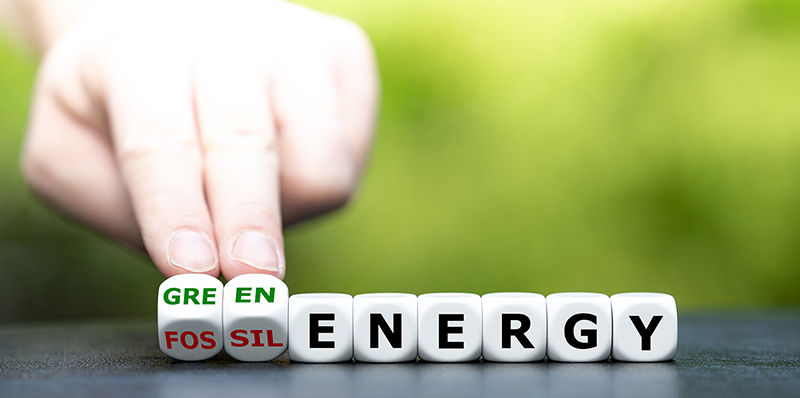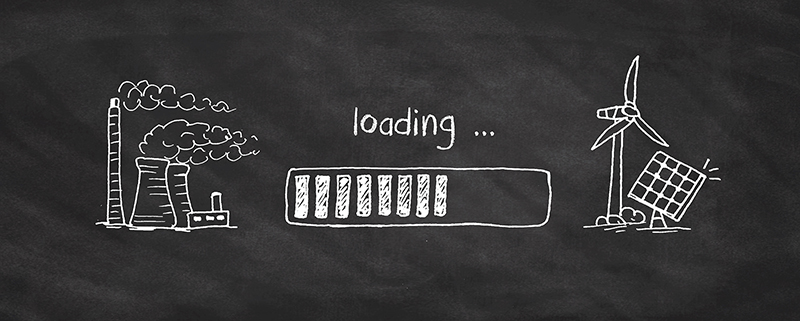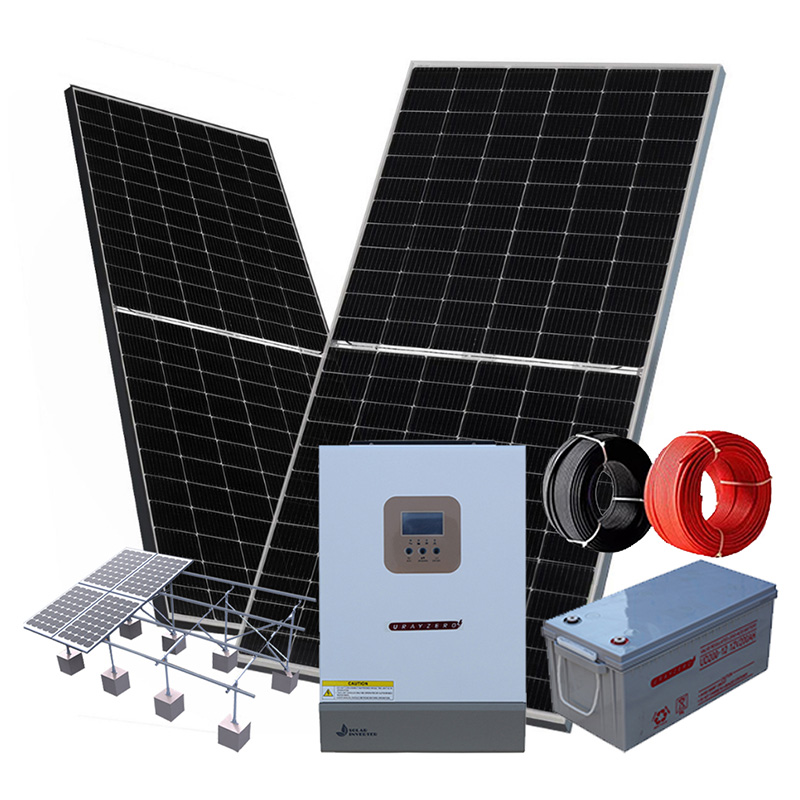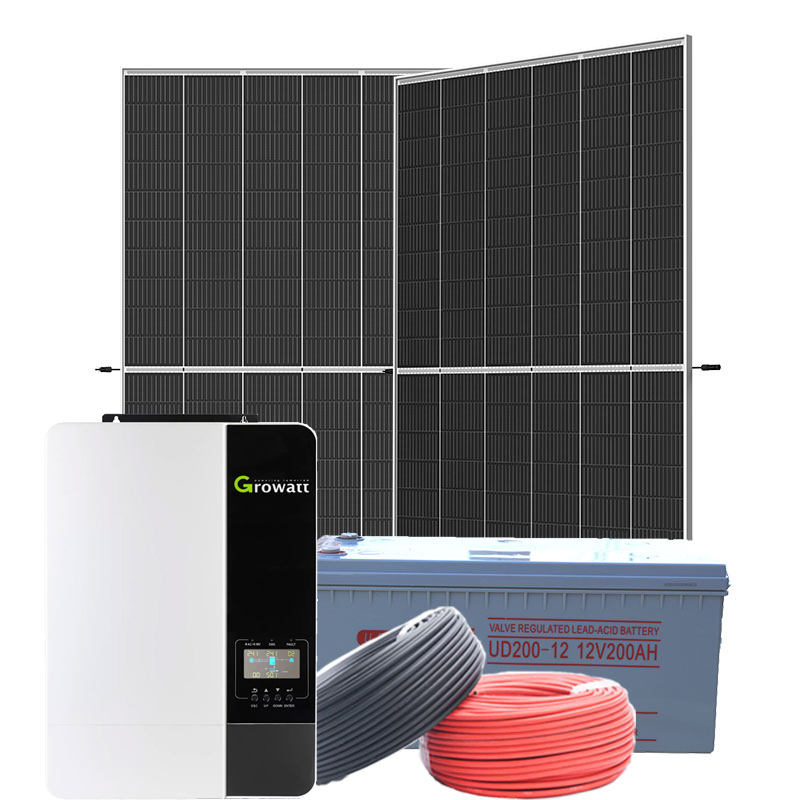What is the direction of the Energy Transition?
With carbon-reducing objectives being set by countries across the world, green energy solutions are considered the future. The energy transition is a long lost term that has surfaced up until recently. Nevertheless, there is far more than just political pressure behind this transition. Experts suggest that technological and economic factors also play a critical role in this transformation from non-renewable resources to renewable energy production.
A rapid transition in energy use could possibly solve the climate crisis. However, the world still uses gas, oil, and coal for over 80% of its energy requirements. So, it is a challenge to completely replace fossil fuels overnight with renewable energy sources like solar panels, wind turbines, and more.
So, what is really the direction of the energy transition? How is it going to impact businesses and people alike? And what role will technology play in tomorrow’s energy landscape?
This post tries to answer all of these questions.

Energy Transition: All about it
The energy transition can be defined as the shift of the global energy sector from fossil-based energy production and consumption to renewable sources. Simply put, it refers to the shift from coal, natural gas, and oil to solar, wind, and in some cases nuclear, combined with energy storage technologies, such as lithium-ion batteries and hydrogen.
The key drivers forcing energy transition into regulation include the increasing penetration of renewable sources of energy into the power supply mix, innovation and improvements in energy storage, and the onset of electrification of components.
With investors starting to prioritize ESG (environmental, social, and governance) factors, the renewable energy transition will continue to increase in importance, even though the commitment and regulation to decarbonization have been mixed.
Vaclav Smil, a Czech-Canadian scientist and policy analyst, has broadly described the historical energy transitions. He’s a bit skeptical about the rapid transition to clean energy. According to Smil, the transition will take much longer than many predict.
Smil found that as of 2018, natural gas, oil, and coal still supplied 90% of the world’s primary energy. Irrespective of how much the renewable energy sector has grown over the years, the worldwide proportion of fossil fuel energy supply has grown dramatically since 2000.
Therefore, the contemporary energy transitions differ in terms of governance, drivers, sustainability, and motivation. From the use of whale oil to light up your house to the use of kerosene and now lithium-ion batteries, the transition is taking place, but slower than expected.
For the current energy systems, they can learn a lot from history. In the early industrial processes, the need for substantial quantities of firewood combined with prohibitive costs associated with overland transportation resulted in the scarcity of affordable and accessible wood. According to some reports, the 18th-century glassworks apparently wiped out entire forests just to provide fuel to the process.
The industrial revolution was basically the result of Britain resorting to coal after they ran out of firewood, triggering a fuel crisis for over two centuries.
Another example where resource scarcity resulted in technological advancement is the 19th-century Whaling, where whale oil was replaced by kerosene and other petroleum products.
Therefore, it is conceivable that coal/petroleum mining regions will suffer from the success of green energy solutions, with government bailouts or buyouts as a result.

How long will the renewable energy transition take?
The renewable energy transition is the ongoing process of replacing fossil fuels with renewable sources of energy like wind, solar, tidal, and more. This transition will impact all aspects of life, including governance, the economy, society, and the environment.
The motivation behind energy transition is to reduce and stop the adverse effects of non-renewable energy consumption on the ecosystem. This includes mitigating climate changes by reducing the release of greenhouse gasses into the atmosphere.
With the world racing towards replacing fossil fuels with renewable energy sources, the main question arises – “how long will it take?”
Well, there are several factors that act as a driving force as to when humans can completely transition from non-renewable energy to renewable energy. The primary driving factor is cost. Harnessing renewable energy and storing it is still expensive.
However, experts believe that with technological advancements, the ‘peer’ pressure of undertaking the transition to renewable sources could slash prices, making it competitive with non-renewable energy sources.
So, it is possible to completely switch to sustainable energy sources within the next 30 years. Greater geographical connectivity of hydro, wind and solar power can reduce energy consumption and cut costs. However, without the help of world leaders, businesses, policymakers, and other organizations, the energy transition may not happen quickly, especially to stay under the Paris global warming target.
Nevertheless, about 20% of the global energy needs will be met by wind and solar by 2035. Moreover, with the growth of the EV industry and the car electrification push by organizations such as Tesla, it is stated that by the year 2035, electric vehicles will replace 20% of the transportation modes.
According to a Finnish study, the UAE can transition to a 100% renewable energy system by the end of 2040. While it has a plethora of oil deposits spread across regions, it is also rich in another energy resource – solar energy.
While challenges exist, the current technology has the potential to transform the world into a fully sustainable energy system by 2050.
Domestic Green Energy
With the domestication of solar power, renewable electricity supply, wind energy, air source heat pumps, biomass systems, solar heating, and hydroelectric systems, most homes across the globe are already in transition. These renewable energy sources are a great way to reduce carbon emissions while making homes more sustainable and lower energy costs.
Homeowners have finally realized the significance of this transition for the environment. Plus, they have also understood that it affects their budget in the long run. With more and more homes utilizing green energy, it is only a matter of time for the energy transition to speed up.
Corporate Sustainable Energy
Google’s White Paper suggests that it wants to achieve 100% renewable energy 24/7 by 2030. Google’s goal of becoming carbon-free tells that many corporations are aiming to rely for 100% on renewables in the future. A company can only become 100% renewable if it buys enough clean energy that covers the amount of energy it uses on an annual basis.
Additionally, Apple has come up with an objective of transitioning the electricity used across its manufacturing supply chain to renewable sources by 2030.
Moreover, big corporations like Microsoft, Facebook, and Amazon have also committed to reducing emissions in their supply chains.
Impact of Energy Transition: Economic Overview
Since the first oil shock in 1973, developed countries have made substantial efforts in adapting and adjusting to volatile and higher oil prices. While energy transition is considered a great opportunity for revitalizing economic growth and increasing employment, it is only possible with the changes in investments and priorities.
Businesses and world leaders need to streamline their investments for the greater good to drive transition while coping with the rising demand for power consumption.
The economy can be boosted while discarding the use of fossil fuels. For this, businesses need to focus on new technologies and harness the power of innovation to transform the balance of energy production and consumption.
The economic opportunities brought by green growth are accumulating recognition among political decision-makers and businesses.
The Environmental Aspects of Green Energy
The growth of energy demand and the associated environmental impacts hold a critical place in the large green and sustainable energy transition.
The use of renewable energy can significantly lower environmental stress and help mitigate climate change. The primary sources of renewable energy include the sun, wind, biogas, and tides. They can all help in reducing carbon emissions to a great extent.
It is just the beginning
As the world is driving towards technological advancements, it can be said that things are just getting started. It may take a decade or two to completely understand and invent the technologies needed to harness the power of natural energy resources. The good news is that there’s an abundance of renewable energy sources and with the help of massive innovation, multiple new renewable energy technologies will emerge.









